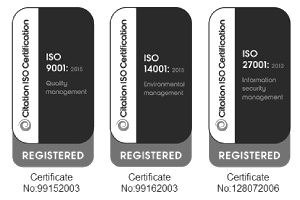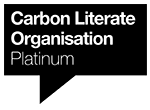How much is 3,700 gigatonnes?
As local lockdowns, marshalls, bubbles, quarantines and sixes come and go to the point where it is difficult to keep up, the pressure to produce a vaccine grows. If, or when, a vaccine appears, Unicef is in the box seat to lead on the procurement and supply of Covid-19 vaccines in what it claims could be the world’s largest and fastest ever procurement and supply of vaccines. Unicef is currently the largest single vaccine buyer in the world, procuring more than 2bn doses of vaccines annually for routine immunisation and outbreak response. But when you are in charge of a project like distributing a vaccine on a global scale, how do you do it and what are the side effects?
Well it appears they won’t be too helpful for the environment and carbon emission levels. Whilst the emphasis is on investigating and testing a vaccine, and then having to produce it at a massive scale, the focus is on positive benefits.
Yet the International Air Transport Association has warned it would take the equivalent of 8,000 747 jumbo jets to transport a single dose of the Covid-19 vaccine to cover the 7.8bn global population. That is a lot of emissions and only covers transport between major hubs – add in the need for smaller flights between regional centres and the haulage to local centres and the emissions grow further. Then consider the 2nd and potentially subsequent doses and we are struggling to keep count. These are all ‘new’ emissions too – it isn’t as if we are substituting something we used to deliver and putting a vaccine in its place. These are all additional emissions to the normal and 8,000 747’s is a lot.
So that’s the negative – on the positive side we might all be able to resume what we consider to be normal social interaction with national and local economies and communities activity levels returning when a vaccine comes along.
That is the nature of the pandemic – positives and negatives side by side - and we aren’t going to delay a solution because of the associated emissions.
The scale of the problem is bewildering. A recent report by Greenpeace highlighted that packaging for 5 products – bottled water; fizzy drinks; milk; vegetables/salads and; wrapped fruit are estimated to account for about 4.6 billion pieces of plastic in the UK each year. I know plastic isn’t central to the emissions debate but producing that amount of plastic makes a contribution to overall GHG levels. What does 4.6 billion represent? I for one have difficulty visualising that number?
Keeping the debate local with local evidence, local projects and local benefits for local people is one approach to avoid getting lost in the bigger picture whilst continuing to make an impact.
So back to the question. It is estimated that 3,700 gigatonnes of ice was lost from Greenland in 2016. It is very difficult to envision that amount but it just happens to equate to (approximately) the weight of 11,100,000,000 747s. so next time you’re on a flight …

.png)



.png)